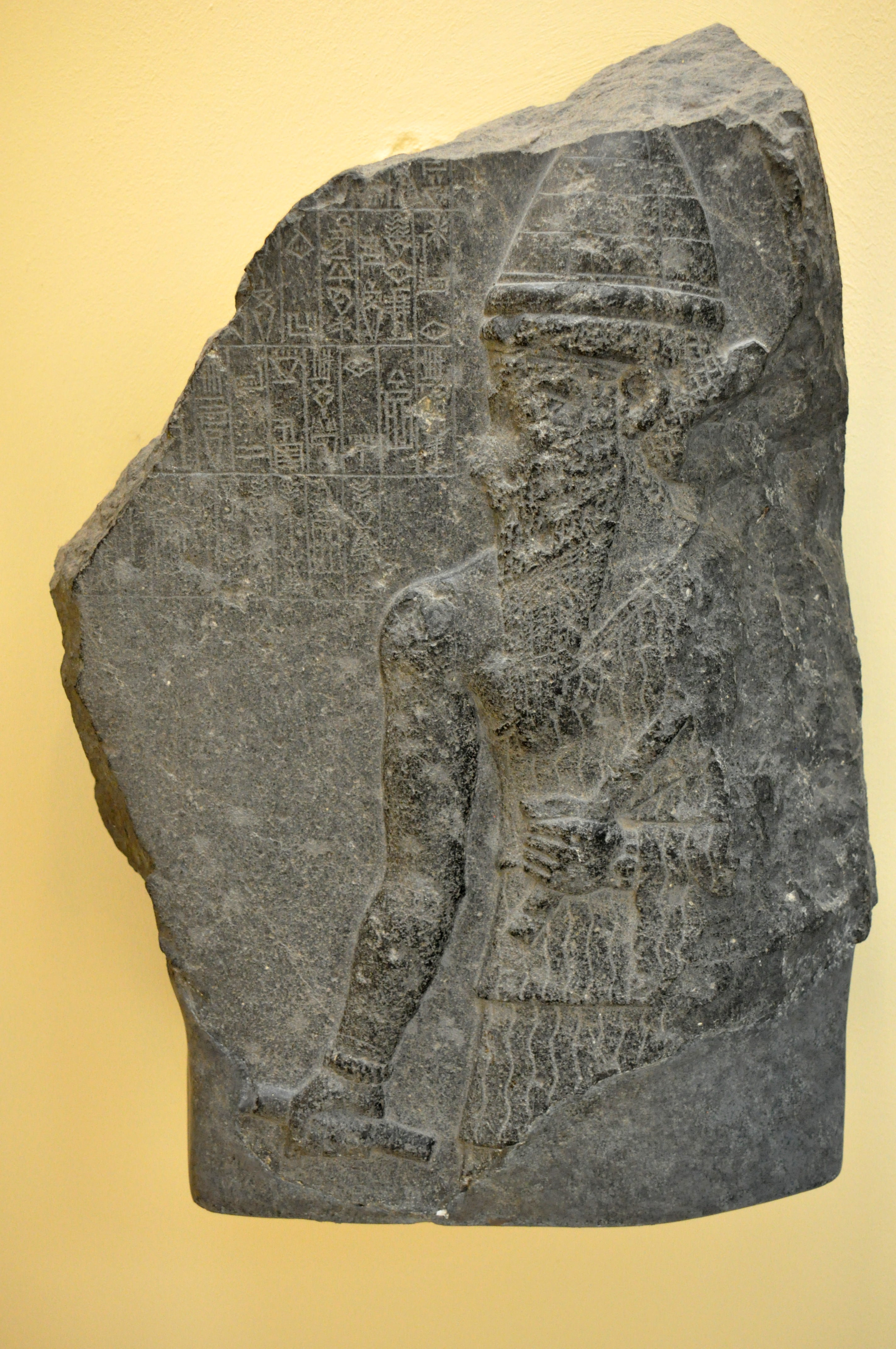
Stele of the Akkadian king NaramSin (Illustration) World History
Naram-Sin (r. 2261-2224 BCE) was the last great king of the Akkadian Empire and grandson of Sargon the Great (r. 2334-2279 BCE) who founded the empire.He is considered the most important Akkadian king after Sargon (or, according to some, even ahead of him) and, along with his grandfather, became a near-mythical figure in Mesopotamian legend and story..

Stele of the Akkadian king NaramSin (Illustration) Ancient History
Victory Stele of Naram-Sin, Akkadian, pink limestone, 2254-2218 BCE (Louvre, Paris). This monument depicts the Akkadian victory over the Lullubi Mountain people. In the twelfth century BCE, 1,000 years after it was originally made, the Elamite king, Shutruk-Nahhunte, attacked Babylon and, according to his later inscription, the stele was taken to Susa in what is now Iran.
Stele showing the Code of Hammurabi, one of the oldest written law
Victory Stele of Naram-Sin, Akkadian, pink limestone, 2254-2218 B.C.E. (Louvre, Paris) This monument depicts the Akkadian victory over the Lullubi Mountain people. In the12th century B.C.E., 1,000 years after it was originally made, the Elamite king, Shutruk-. Nahhunte, attacked Babylon and, according to his later inscription, the stele was.

Stele of NaramSin, limestone relief Ancient People, Ancient Aliens
The Victory Stele of Naram-Sin is a stele that dates to approximately 2254-2218 BC, in the time of the Akkadian Empire, and is now at the Louvre in Paris. The relief measures 200 cm. in height and was carved in pinkish sandstone, with cuneiform writings in Akkadian and Elamite. It depicts the King Naram-Sin of Akkad leading the Akkadian army to victory over the Lullubi, a mountain people.

Victory Stele of NaramSin (Illustration) World History Encyclopedia
Naram-Sin of Akkad. Naram-Sin, whose name means "Beloved of the Moon God Sîn", was a ruler of the Akkadian Empire (reigned c. 2254-2218 BC) and was the third successor and grandson of King Sargon. Under Naram-Sin, the empire reached its maximum strength. He was also the first Mesopotamian King known to have claimed divinity for himself.

(PDF) Per un'analisi formale dello schema compositivo della Stele di
Illustration. According to the inscription on the diorite piece of stele, it belongs to King Naram-Sin. It was found in Pir Hüseyin, a village near Diyarbakır. As it shows the borders of the Akkadian State in the era of Naram-Sin and reflects the artistic features of that era, it is one of the most important pieces of evidence concerning the.

NaramSin Thule Italia
Other articles where Victory Stele of Naram-Sin is discussed: Mesopotamian art and architecture: Sculpture:.the famous Naram-Sin (Sargon's grandson) stela, on which a pattern of figures is ingeniously designed to express the abstract idea of conquest. Other stelae and the rock reliefs (which by their geographic situation bear witness to the extent of Akkadian conquest) show the carving of.

Victory Stele of NaramSin with Beth Victory Stele of Nara… Flickr
Watch on. This monument depicts the Akkadian victory over the Lullubi Mountain people. In the 12th century B.C.E., 1,000 years after it was originally made, the Elamite king Shutruk-Nahhunte attacked Babylon and, according to his later transcription, the stele was taken to Susa in what is now Iran. A stele is a vertical stone monument or marker.
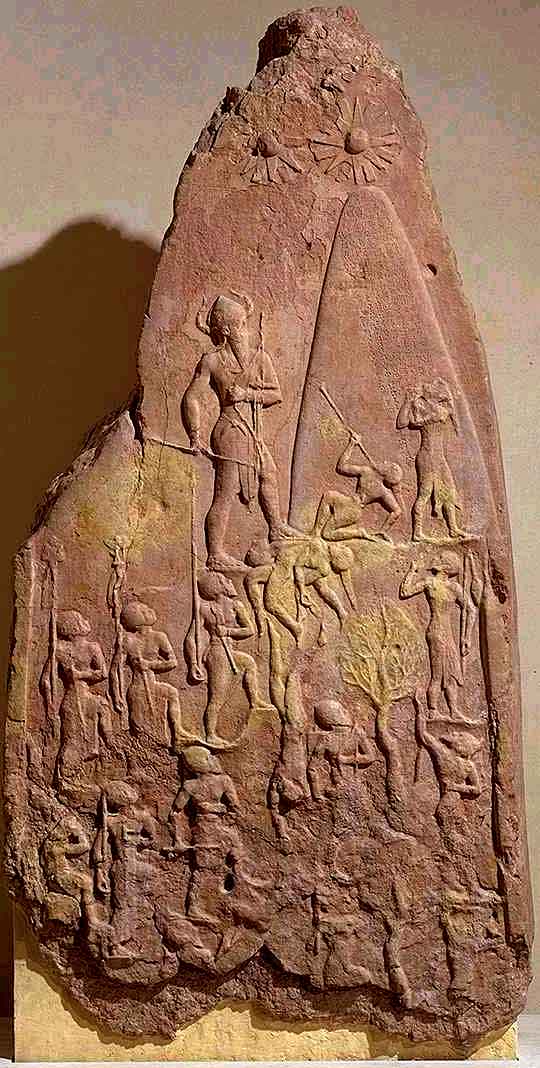
Arte e immagini I SUMERI PERIODO ACCADICO Stele di NaramSin
Victory Stele of Naram-Sin, Akkadian, pink limestone, 2254-2218 BCE (Louvre, Paris). This monument depicts the Akkadian victory over the Lullubi Mountain people. In the twelfth century BCE, 1,000 years after it was originally made, the Elamite king, Shutruk-Nahhunte, attacked Babylon and, according to his later inscription, the stele was taken to Susa in what is now Iran.

Stele of the Akkadian king NaramSin at Istanbul's archaeological
Victory Stele of Naram-Sin, Akkadian, pink limestone, 2254-2218 BCE (Louvre, Paris). This monument depicts the Akkadian victory over the Lullubi Mountain people. In the twelfth century BCE, 1,000 years after it was originally made, the Elamite king, Shutruk-Nahhunte, attacked Babylon and, according to his later inscription, the stele was taken to Susa in what is now Iran.

Stele of NaramSin 2200 BCE; Louvre, Paris, France; hierarchy of scale
World History Encyclopedia. World History Encyclopedia, 26 Apr 2012. Web. 02 Jan 2024. Victory Stele of Naram-Sin, king of Akkad. c. 2250 BCE. Brought from Sippar to Susa in the 12th century BCE. Restored in 1992 CE. (Louvre Museum, Paris)

La stele della vittoria di NARAM SIN YouTube
Victory Stele of Naram-Sin, Akkadian, pink limestone, 2254-2218 B.C.E. (Louvre, Paris) This monument depicts the Akkadian victory over the Lullubi Mountain people.In the 12th century B.C.E., 1,000 years after it was originally made, the Elamite king, Shutruk-Nahhunte, attacked Babylon and, according to his later inscription, the stele was taken to Susa in what is now Iran.
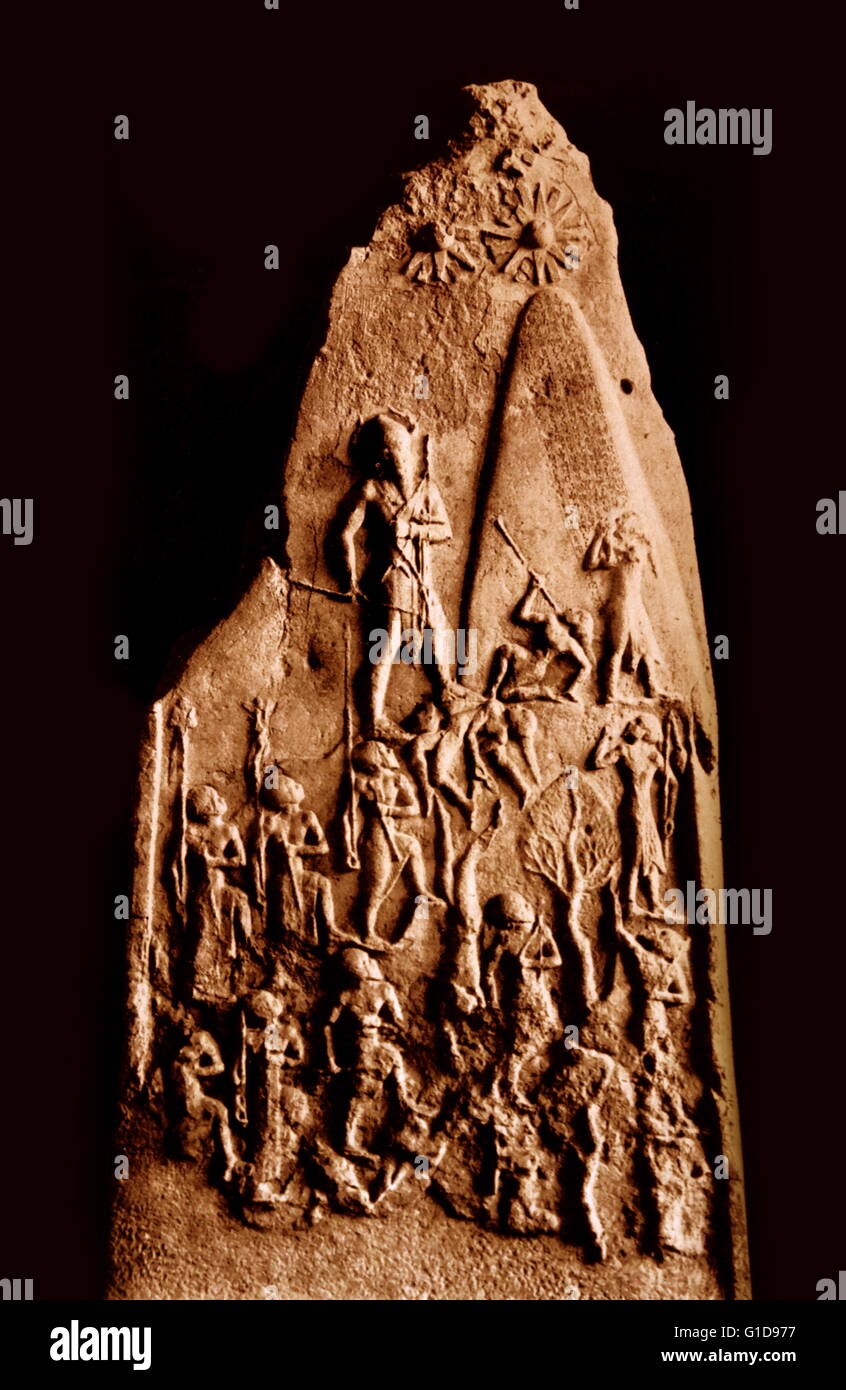
La vittoria di Stele di NaramSin è una stele che risale all'Impero
Victory Stele of Naram-Sin, Akkadian, pink limestone, 2254-2218 B.C.E. (Louvre, Paris) This monument depicts the Akkadian victory over the Lullubi Mountain p.
.jpg)
Victory stele of NaramSin, King of Akkad, over the mountaindwelling
The Victory Stele of Naram-Sin is a stele that dates to approximately 2254-2218 BC, in the time of the Akkadian Empire, and is now at the Louvre in Paris. The relief measures 200 cm. in height (6' 7") and was carved in pinkish sandstone, with cuneiform writings in Akkadian and Elamite.It depicts the King Naram-Sin of Akkad leading the Akkadian army to victory over the Lullubi, a mountain.

FileVictory stele of Naram Sin 9066.jpg Wikimedia Commons
La stele di Naram-Sin o stele della vittoria è un bassorilievo su lastra di arenaria alta 200 cm e larga 105 cm che celebra il sovrano accadico Narām-Sîn per la sua vittoria sui Lullubiti.Rinvenuta tra le rovine di Susa, la stele era originariamente collocata nella città di Sippar La stele è conservata oggi presso il Museo del Louvre, a Parigi.. Un bassorilievo simile, sempre ritraente.
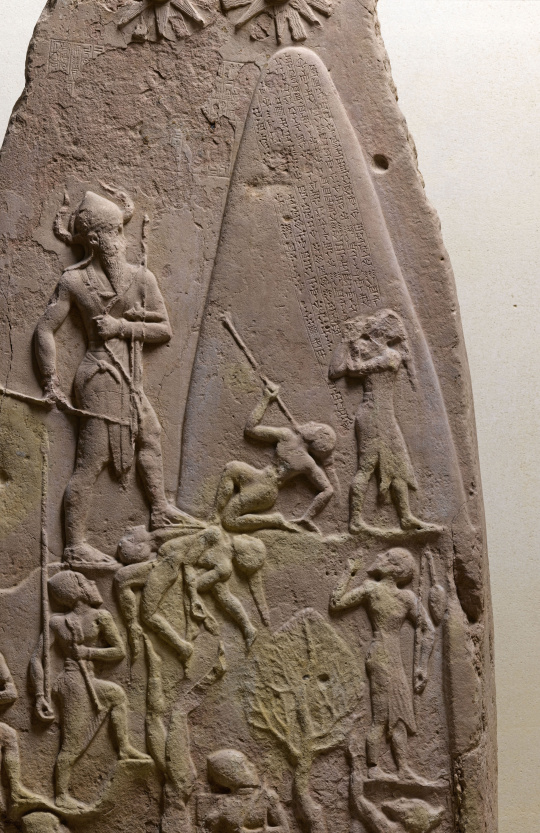
Stèle de la victoire de NaramSin Images d’Art
Description: Large victory stele carved in pink limestone to celebrate the triumph of King Narām-Sîn of Akkad over the Lullubi a mountain people of the central Zagros region. The stele was taken to Susa in the 12th century BCE by the Elamite king Šutruk-Nahhunte after his victorious campaign in Babylon. The stele depicts Narām-Sîn, the.